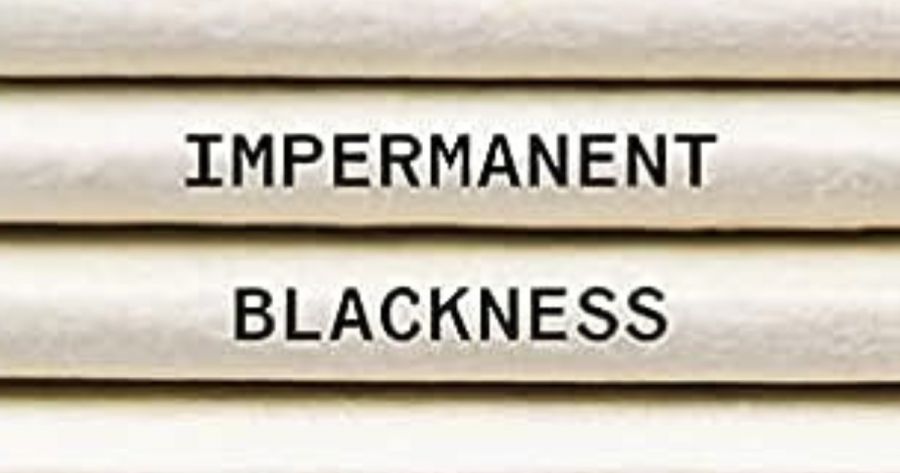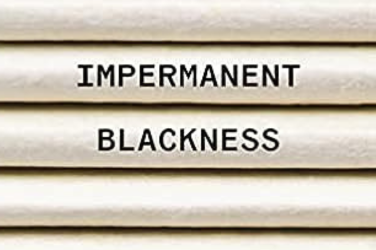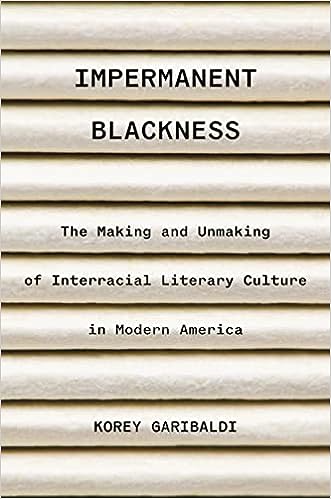
- Free Article: No
- Contents Category: Literary Studies
- Review Article: Yes
- Article Title: Across racial lines
- Article Subtitle: The story of interracialism in US literature
- Online Only: No
- Custom Highlight Text:
'Interracial,’ explains Korey Garibaldi in his compelling first book, is a term ‘not as familiar as it once was’, though it was often used in the United States during the first half of the twentieth century to describe ‘cross-racial collaborations and cultural influences’ across the literary world. One of the most influential advocates of such literary interracialism was W.S. Braithwaite, a poet, critic, and anthologist born in Boston in 1878 to a British Guyanese father and an African American mother, with Braithwaite boldly declaring that ‘all great artists are interracial and international’. Garibaldi’s critical work traces the ups and downs of this interracial aesthetic from the beginning of the twentieth century to the 1960s. In the process, he adds another dimension to our understanding of the complex racial dynamics of this era.
- Featured Image (400px * 250px):

- Alt Tag (Featured Image): Paul Giles reviews 'Impermanent Blackness: The making and unmaking of interracial literary culture in modern America' by Korey Garibaldi
- Book 1 Title: Impermanent Blackness
- Book 1 Subtitle: The making and unmaking of interracial literary culture in modern America
- Book 1 Biblio: Princeton University Press, US$29.95 hb, 288 pp
- Book 1 Cover Small (400 x 600):

- Book 1 Cover (800 x 1200):

There were, of course, exceptions and reactions against such blithe optimism. Ezra Pound hated Braithwaite, considering his interracial aesthetic to be no more than the product of bien-pensant gentility, while Chicago poet Carl Sandburg was, in his early years, a partisan for segregation, which was euphemistically called at the time ‘race parallelism’. Expressing similar scepticism about interracialism, the chair of the English department at Southern University in Louisiana inveighed in 1947 against the idea of ‘Negro Literature’, asserting: ‘Literature must remain the study of belles-lettres and not be allowed to be prostituted to the cause of social justice for any group.’ Nevertheless, many American writers at this time, both Black and White, did aspire to make imaginative connections across racial lines. W.E.B. Du Bois, whose Souls of Black Folk has become one of the canonical texts in the African American tradition, deliberately complicated reductive labels by drawing attention to his own White ancestors. Garibaldi suggests that the fate of this progressive movement was badly shaken by the untimely death in a 1938 car crash of James Weldon Johnson, who had tried to make space for Black writers ‘within – rather than at the margins of – the American literary field’.
The main focus of Garibaldi’s book is on literary paratexts – publishers, networks, marketing – rather than on readings of particular works. His argument is enhanced by the reproduction of many advertisements and illustrations from literary journals of the time, to give a direct flavor of how these texts were commodified and circulated. He also has a fascinating chapter on how this ‘interracial dynamic’ was promoted in the 1940s by children’s books, whose apparently safe juvenile readership ensured their potentially subversive interracial tendencies were overlooked by McCarthyite zealots and censors. These more extreme political reactionaries sought fervently to shore up conventional racial categories as the momentum for Civil Rights began to gather pace after World War II. Yet ironically it was the Black Arts activists associated with this Civil Rights movement who were largely responsible for the decline in the fortunes of interracialism in the 1960s. Ralph Ellison, author of the classic 1952 novel Invisible Man, was in 1969 denied inclusion on the Black Studies syllabus at Southern Illinois University on the grounds that he was ‘not a black writer’, with the harsher political climate of this era understanding ‘black’ as necessarily synonymous with oppositional, an equation decidedly uncongenial to Ellison’s own form of liberal individualism.
The time is, I think, right for a serious intellectual reconsideration of interracialism as an intellectual phenomenon, and Garibaldi does an excellent job of describing both the thick history and the wider conceptual stakes of this movement, and both its positive and more problematic aspects. Jean-Paul Sartre, in 1947, applauded Richard Wright’s capacity to reach both Black and White readers, but by 1957 Norman Mailer’s The White Negro seemed to Black radicals an obvious example of cultural appropriation, part of the dominant culture’s desire to repress the sharp edges of political difference and to incorporate the ‘negro’ aesthetic into the domain of White literature. Nevertheless, there is a distinguished tradition of cultural interracialism in the United States going back to the foundation of the Cosmopolitan Club at Harvard in 1907, and this lineage should perhaps be attracting more attention in literary studies than it has received recently.
A key conundrum of race is that in genetic terms it is an entirely chimerical category, one that phrenologists and others in the nineteenth century spent much time attempting to pin down and scientifically classify, though without any success. It remains, however, a formidable cultural category that carries enduring weight in specific local situations. Yet this discrepancy between popular understandings of positive racial identity and its entirely vacuous epistemological status offers scope for concepts such as the interracial to complicate conventional understandings of racial affiliation or disaffiliation. Part of the intellectual muddle surrounding the upcoming Australian referendum on the Voice to Parliament is that there has not been (and never could be) any precise definition of what ‘Indigenous’ means, a lacuna highlighted by the prime minister’s plaintive appeals to custom and ‘common sense’. Interracial is a term that is as thought-provoking in the Australian context as the American, and Garibaldi’s book performs a signal service in drawing to our attention its complex twentieth-century history and continuing resonance.


Comments powered by CComment